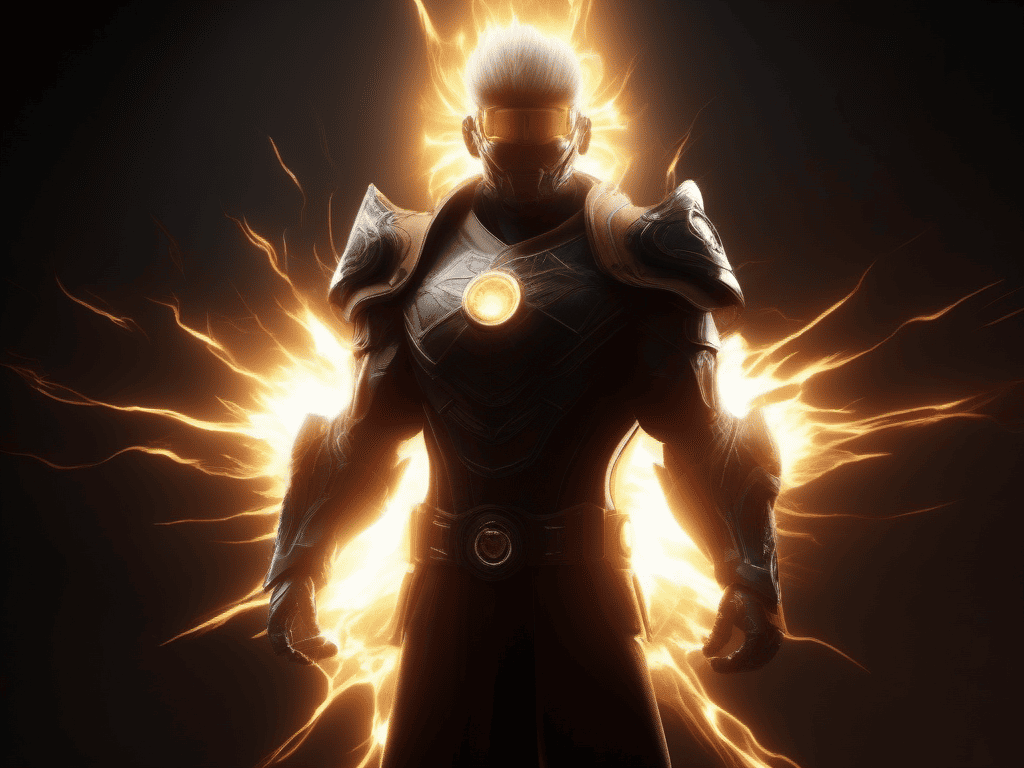Equally important as the unity the Metaverse brings in including all dimensions, virtual economies and digital assets is a specific component vital to the Metaverse. Virtual economies and digital assets bring a dimension of real world economics to digital space. It redefines the way we engage, how things are created, traded, and given value to in the Metaverse.
Thus, in this week’s post, I would like to delve further into not just the key platforms but also key elements that constitutes the essential building blocks of virtual economies and digital assets in the Metaverse.
Decentraland is an innovator as it has created a block-chain based economy for virtual reality. Virtual Reality is a computer-generated scenario that enables a user to interact with objects that feel real but are artificial. Using the crypto-currency Ethereum with some non-fungible-tokens Decentraland allows its users to buy, sell, and transact land and assets in a virtual world. By doing so this create a decentralized market in which all can see the rewards. Also this puts a value on a virtual property.
Native Cryptocurrencies or Blockchain Tokens are being launched on some gaming platforms in the Metaverse. These cryptocurrencies enable trading of in games purchases, whereby users are able to buy virtual goods, in-game services or even transfer value between different virtual worlds. Cryptocurrencies implications on gaming include increased liquidity and fungibility of virtual assets.
Roblox has created a large, self-sustaining virtual economy in which creators can monetize their game by using a currency called Robux. Many users, most often functioning as traders, purchase Robux with real-world money using the DevEx system, then trade the Robux for in-game items, gear, and even group ranks. The concept of a Roblox virtual economy has allowed players to make significant profit.
The Sandbox is many things. It’s a completely decentralized virtual gaming world, and anyone can create, explore, and even monetize their creations in this system. The Sandbox uses blockchain technology to allow creators for the platform to trade their creations as NFTs (non fungible tokens) all players can use the assets in the system. This virtual land and experience trading is a new way to build a decentralized virtual economy that creators and players can both take part in instead of it being the traditional way.
On top of such a social impact, Fortnite also features a virtual economy. Players can buy V-Bucks, which are a virtual currency, with real money and then they can use V-Bucks to buy cosmetic items such as outfits, glider, emotes, and other items within the game. This virtual economy has transformed the game into a very real entity that has real-life, financial implications.
A number of different Metaverse platforms use a method called a blockchain in order to make virtual goods tokenizable. This results in a digital item being created, with the rarity of the item, the financial nature of it, and the origin of the good all tracked through a NFT. These blockchain virtual items range all over the map, including anything from rare virtual video game items, to virtual real estate, to virtual pets, among others. These blockchain virtual goods all then work together in order to create a larger, decentralized, and interoperable virtual global economy.
Within the Metaverse, dedicated marketplaces have sprouted up, making the buying, selling, and trading of digital assets easier than ever. For NFTs, platforms such as OpenSea and Rarible provide a marketplace for users, allowing further monetary monetization of artists’, gamers’, and creators’ digital content and the opportunity for users to invest in unique virtual assets.
MMORPG’s in the Metaverse often have very complex economies. You can earn virtual money in the game, you can find rare items on the game and you can also trade and buy/sell to other players. These in game economies create a sense of value and achievement in these games, directing the players to act a certain way and make certain interactions with other players.
The confluence of virtual economies and digital assets in the Metaverse represents a new era in the way value is created and exchanged in virtual spaces. As virtual economies mature, the idea of ownership, scarcity, and trade within the Metaverse is expected to become more intricate to something that allows users to be more creative, entrepreneurial, and more economically involved.




Leave a Reply